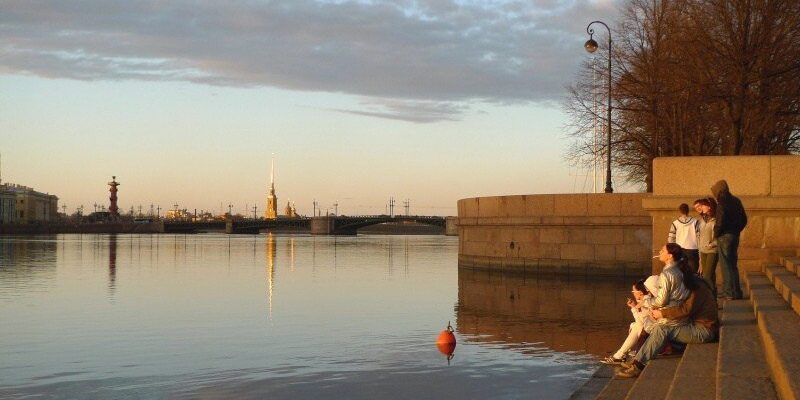Admiralty Embankment
Admiralteyskaya Embankment is an embankment in the Admiralteysky District of St. Petersburg. It runs along the left bank of the Bolshaya Neva River and the 2nd Admiralteysky Island. It starts from the intersection of Dvortsovy Proyezd with Dvortsovaya Embankment and Dvortsovy Bridge, and ends at Senatskaya Ploshchad.
.
Many residents of the Northern Capital believe that the Admiralty Embankment has some kind of magical property. For example, if you have something wrong or just a bad mood, a walk along the embankment will help put your thoughts in order and give you a boost of energy.
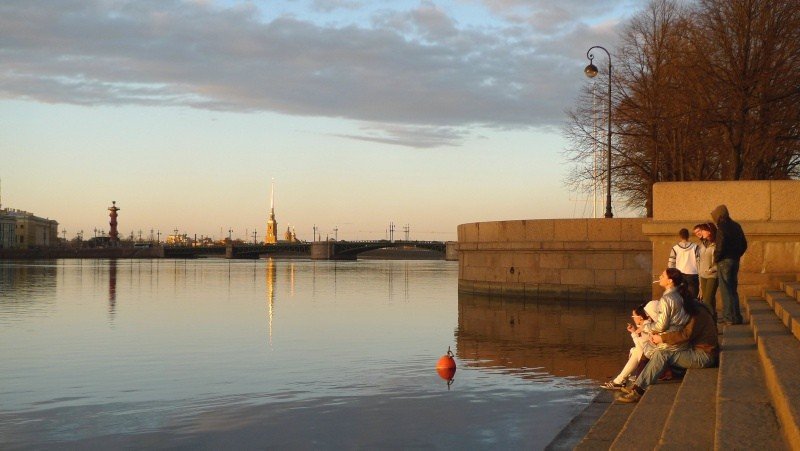
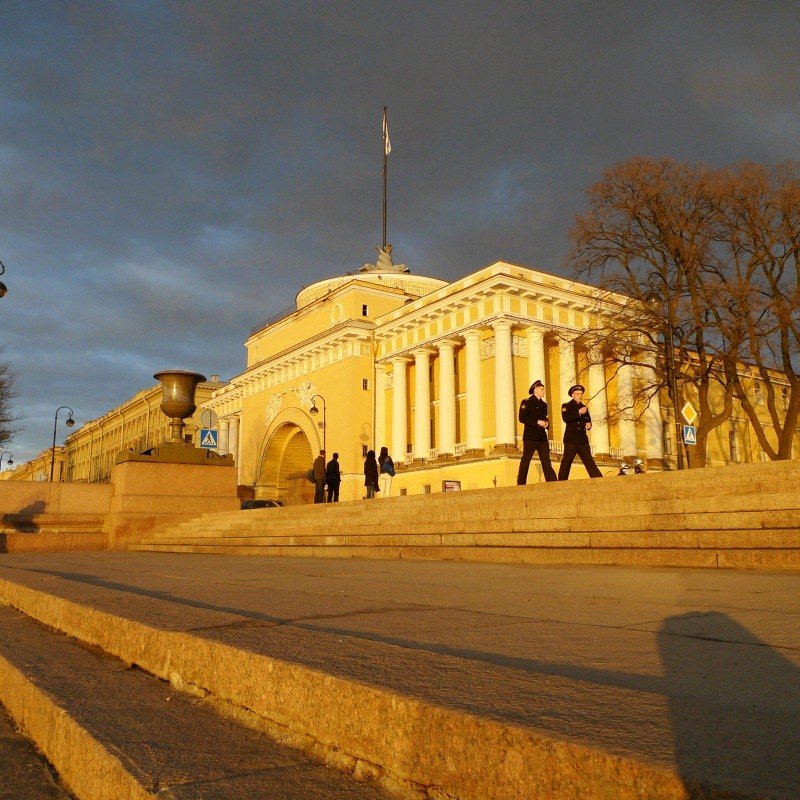
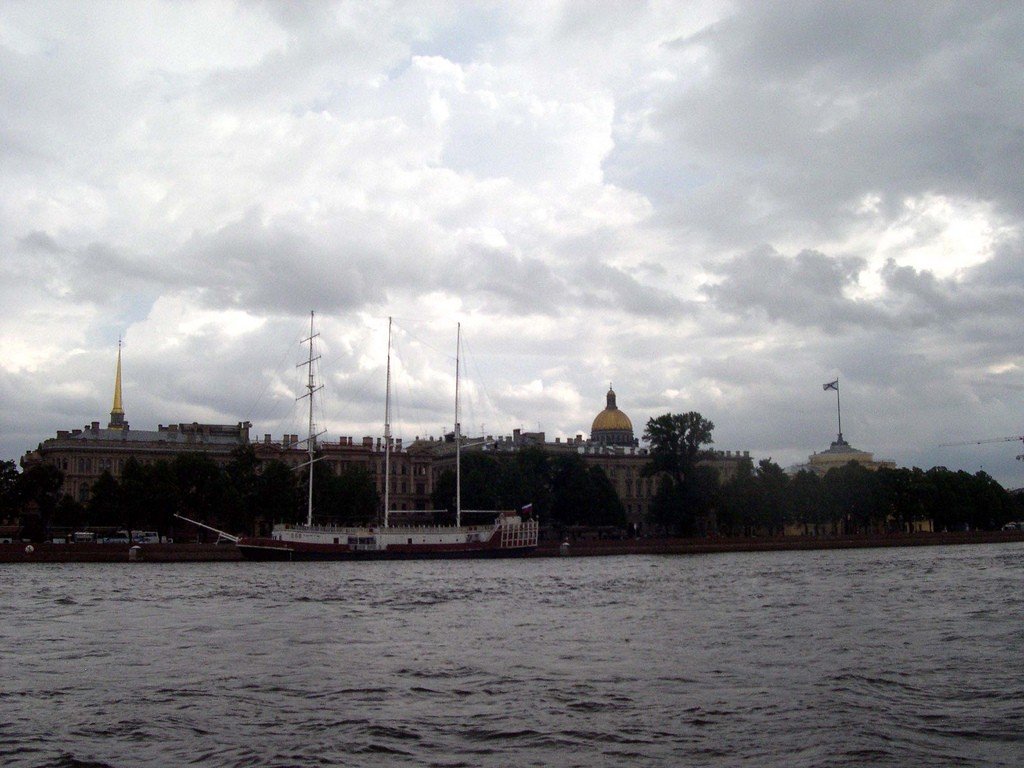
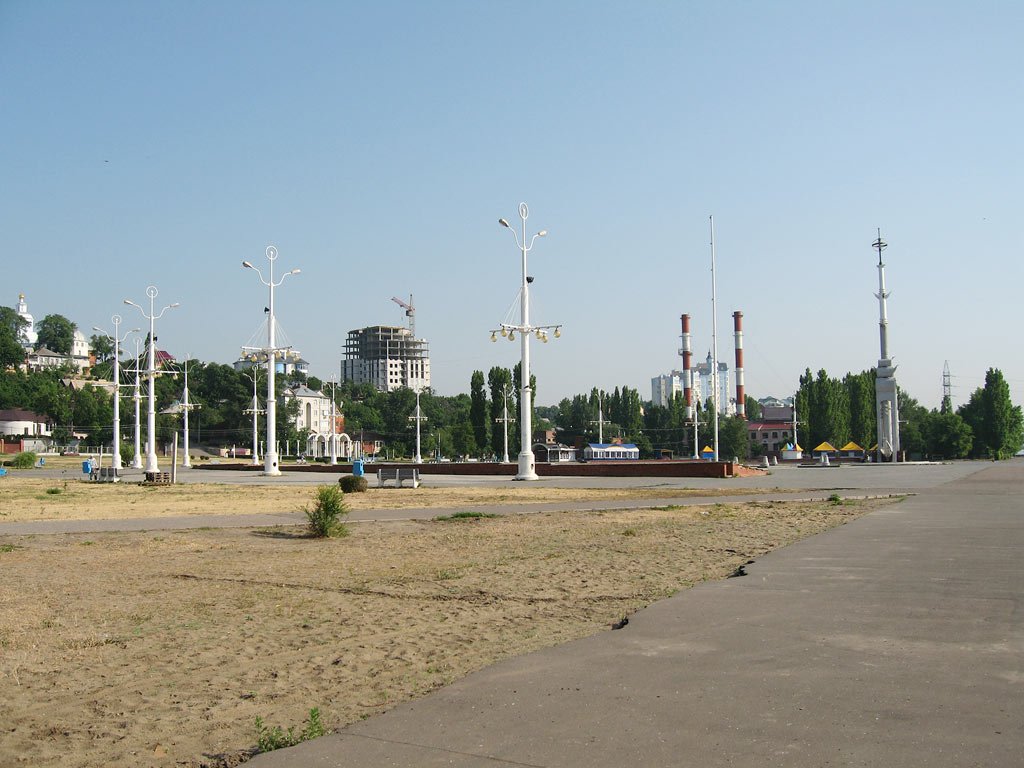
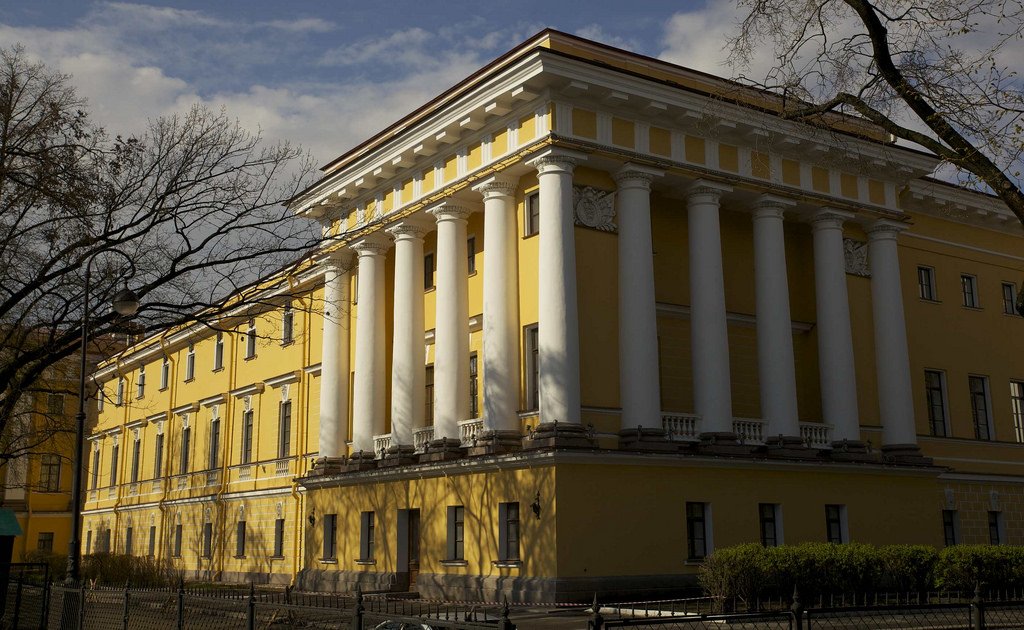
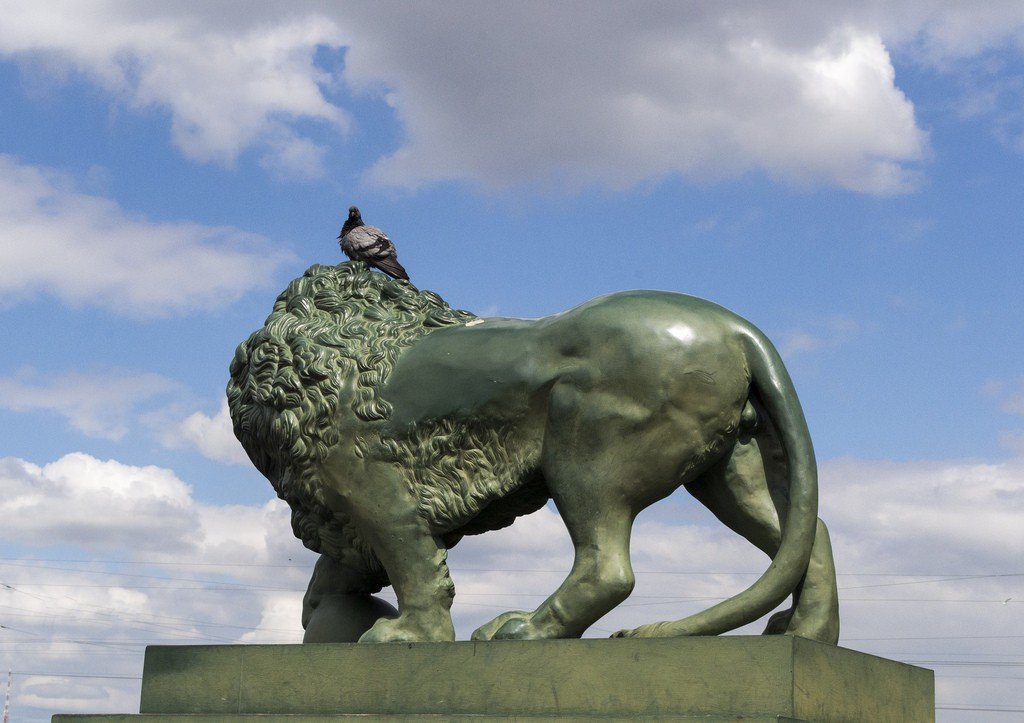
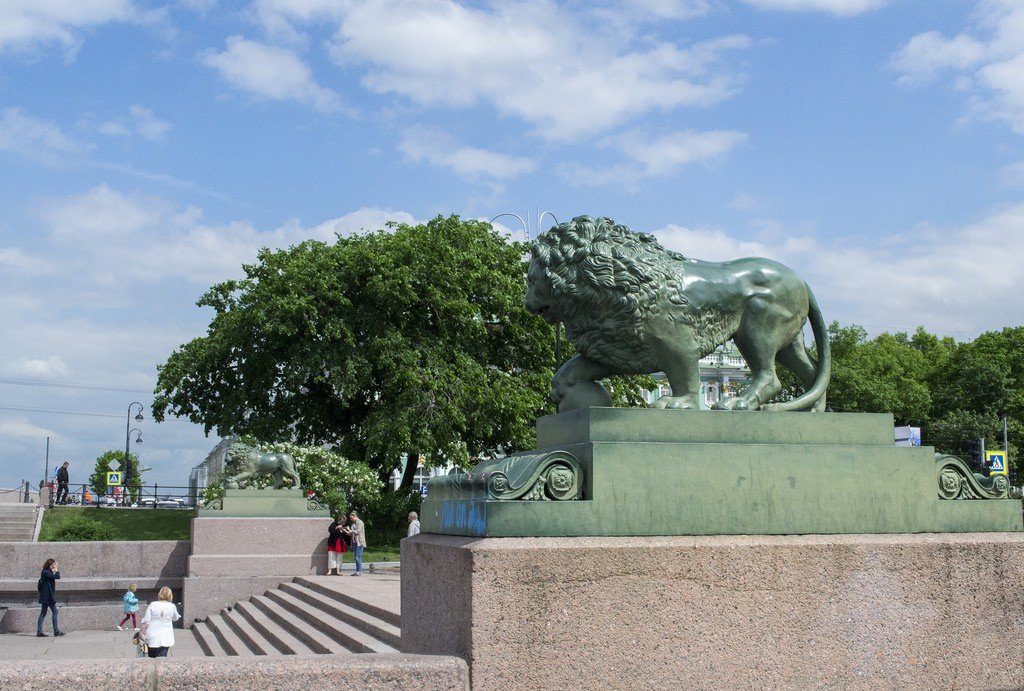
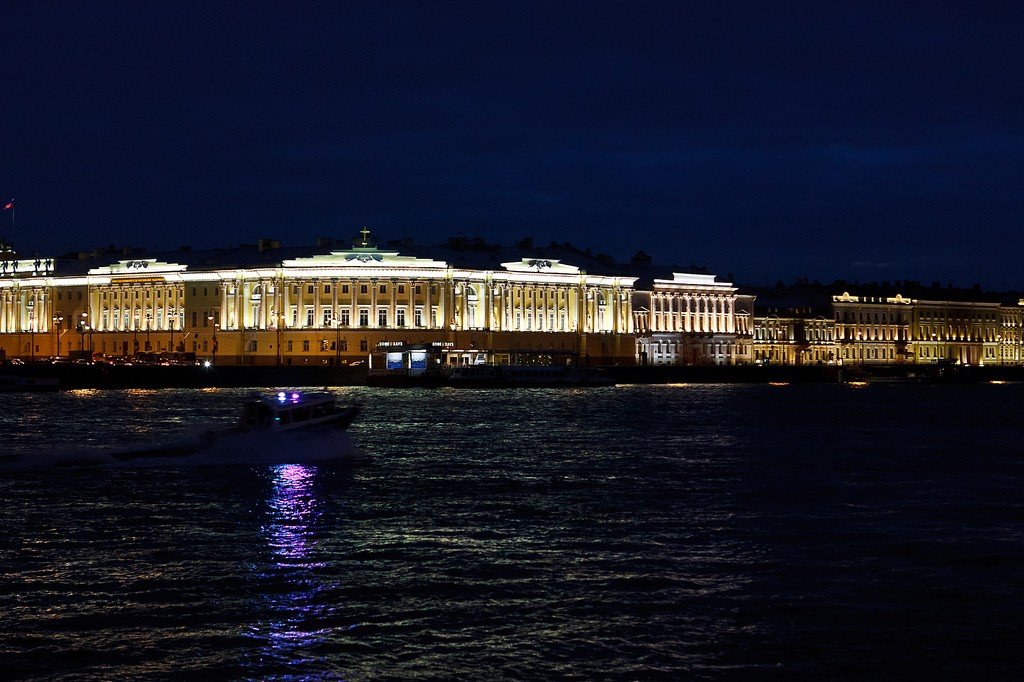
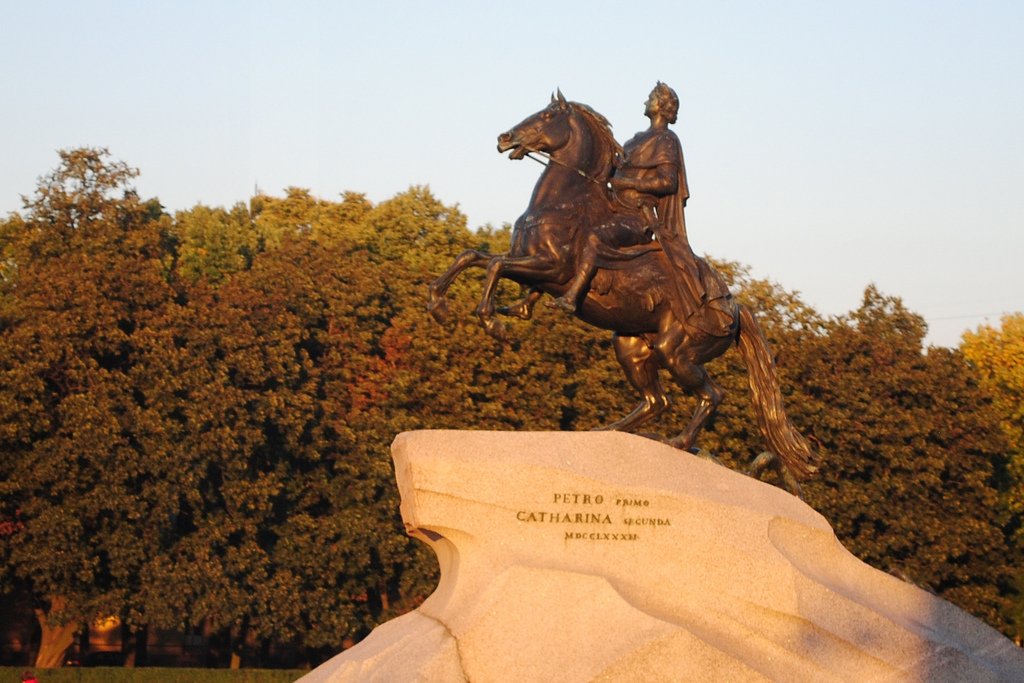
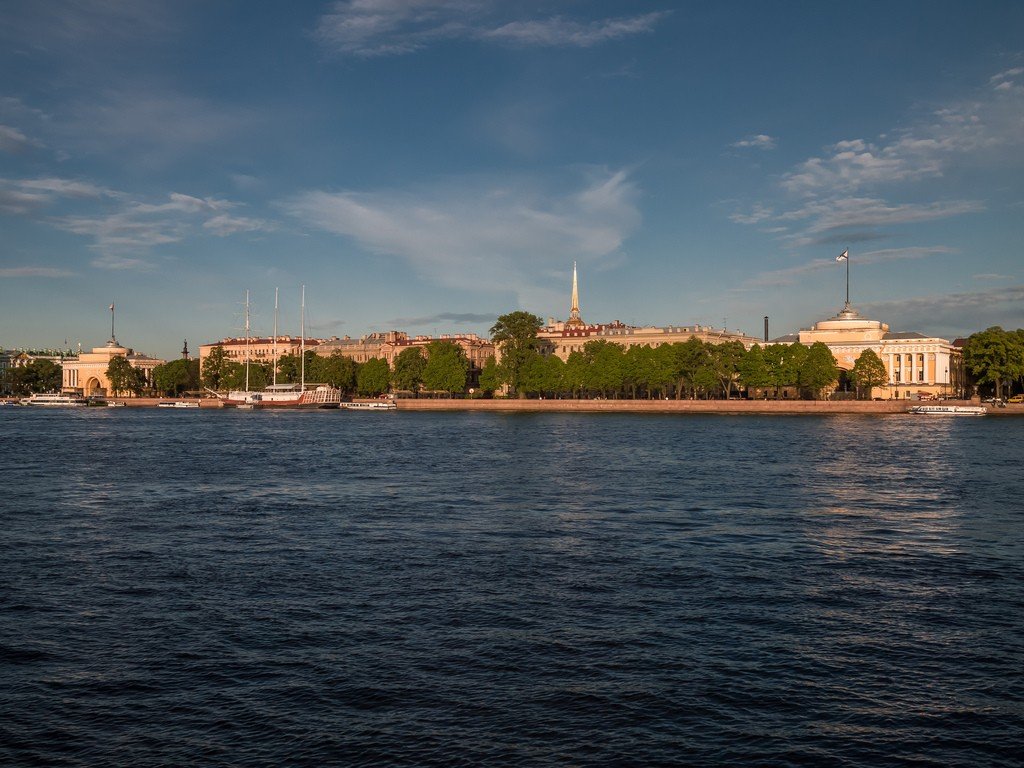
History
It was here in 1704 that the Admiralty building was laid out, which later influenced the name of the street. The first prerequisites for the appearance of the embankment appeared much later: only in 1844, after all shipbuilding work was moved to another place – the galley harbor. Before that, the street had no special value. Rather the opposite, because of the canals for launching ships, ditches and earthen ramparts it spoiled the whole view in the city center.
.
In 1832, sculptures of lions and decorative porphyry vases made in Sweden were installed on the Palace Wharf. Today, local guides and local historians believe that these are the most popular lions of St. Petersburg. In 1873 the construction of the Admiralteyskaya Embankment began, and a year later it was inaugurated. Interestingly, 365 thousand rubles were allocated for the arrangement of the street. At first it was assumed that all buildings on the embankment would be identical, but the land plots were not sold out, because wealthy people did not want to live in the same type of houses, and the townspeople did not have the opportunity to build housing in the center of St. Petersburg. That is why in 1878 on Admiralteyskaya Embankment was allowed to build any building, but their height should not exceed 23.5 meters. And as a result, the street became very famous: influential officials, bankers, writers and artists lived here.
.
In 1910, the Admiralteyskaya Embankment was decorated with the sculpture “Tsar Carpenter”. Eight years later it was dismantled. Only in 1996 the sculpture was re-installed: the Dutch government presented St. Petersburg with an exact copy of it.
.
Buildings
The Admiralteyskaya Embankment is quite short – only 414 meters, there are only 8 houses along the embankment, which have their own historical value.
.
The first and the last houses (No. 2 and No. 16) on this embankment are wings of the Admiralty (1823, architect – A. D. Zakharov).
.House No. 4 housed the Panayev Theater, where Fyodor Chaliapin performed for the first time before the citizens of St. Petersburg. Alas, in 1917 the house burned down, and in the middle of the 20th century a school was built on this place.
.
House No. 8 belonged to Grand Duke Mikhail Mikhail Mikhailovich, and years later it was the main department of trade of Leningrad. Now part of the building is occupied by an insurance company, and the front halls have been restored and are open to the public.
.
In Rukavishnikova’s profitable house (No. 10) in 1890 and 1893 lived composer Tchaikovsky, and in 1906-1910 – Russian geophysicist Prince B. B. Golitsyn. During the Soviet era, the building was allocated to the Consulate General of the GDR.
.Since the beginning of the XXI century, a floating restaurant on the water “Kronverk” (“Vesna”) is moored at the quay, opposite the house 10.
.Houses No. 12 and 14 – until 1917 were the buildings of the Noble Bank and Peasant Bank. At present, House No. 12 is occupied by the hotels “Petrovskaya Pristan” and “Admiralteyskaya Naberezhnaya”.
.Palace Wharf
The first Palace Wharf was built in 1820-1824. It was located in the place of exit of the Palace passage to the Neva. Now the entrance to the Palace Bridge is located at this place.
.
The pier was designed by the architect Carlo Rossi as part of a project to improve the territory near the Winter Palace after the construction of the arch of the General Staff. The work was supervised by Emperor Nicholas I himself. The wharf was built by engineer A. D. Gotman. At the same time with these works was built Petrovsky descent at the western pavilion of the Main Admiralty.
.
Copper lions and porphyry vases were installed on the wharf in 1832. In this form the wharf remained until the third quarter of the XIX century: in 1873-1874 the vases were moved to the Petrovsky Descent. In 1914-1916 the pier with lions was moved to the axis of the eastern pavilion of the Main Admiralty because of the construction of the Palace Bridge. The work on moving the wharf was carried out by engineer A. P. Pshenitsky..Lions
They were installed on the Palace wharf as a decoration in 1832. Now the wharf with lions is located near the eastern pavilion of the Admiralty (next to the Palace Bridge). According to local historians and bloggers, these lions are the most famous lions of St. Petersburg.
.Now the pier with lions is located near the eastern pavilion of the Admiralty. It is next to the Palace Bridge, forming a single architectural ensemble with its southern descent.
.
The lions are made by chasing from sheet copper; the figures were made in 1832 at the Alexander Iron Foundry in St. Petersburg. They were made by the master I. Prang after the model of the sculptor I. P. Prokofiev. The cast-iron pedestals for the lions were cast at the same factory after a drawing by architect L. Charlemagne.
.Petrovsky Descent
Petrovsky Descent was built in 1820-1824 by engineer A. D. Gotman simultaneously with the construction of the first Palace Wharf, which was located at the exit of the Palace Passage to the Neva. The launch itself is located at the western pavilion of the Main Admiralty.
.Vases
Originally installed on the Palace Wharf along with the lions as decoration in 1832. The wharf with the vases is located near the western pavilion of the Admiralty (next to the Bronze Horseman).
>The two vases are made of polished porphyry at the Elfdalen granite factory in Sweden. The cast-iron pedestals were cast at the same factory and according to the same design as for the lions: The cast-iron pedestals for the lions were cast at the same factory according to the drawing of architect L. Charlemagne.
.The Carpenter King
The sculpture (sculptor L. A. Bernshtam, architect A. I. von Gogen) was installed in 1910 in front of the western pavilion of the Admiralty. The statue was dismantled in 1918, in 1996 the Dutch government presented a copy to the city, installed on the quay.
>